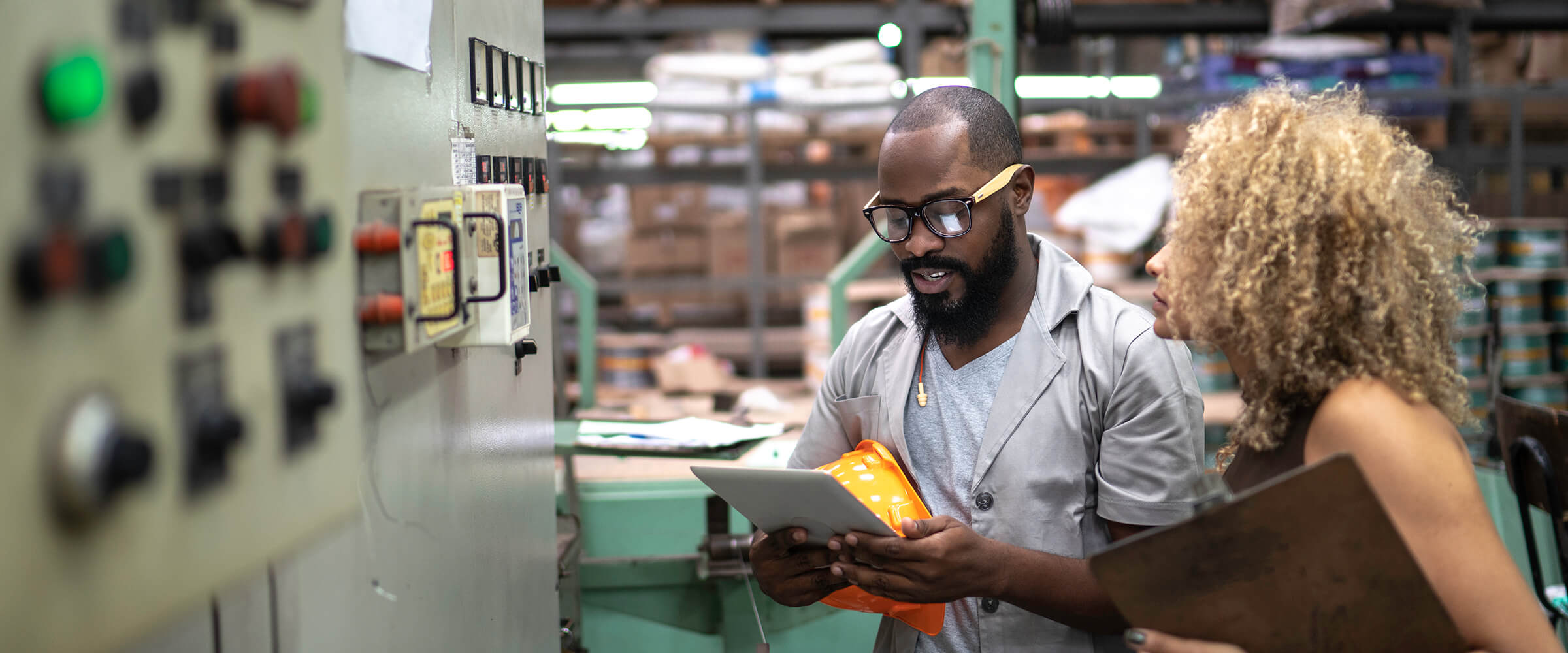Get unique, complex parts easily. No matter your requirements, Chaoyi Spring creates hard-to-produce coil springs and wire forms.
Let us help you create the custom wire form you need, from S-hooks and J-hooks to utility hooks and more.
We work closely with customers across a wide range of industries, helping them design and manufacture made-to-order parts.
Why choose Chaoyi Spring? We prioritize customer-focused collaboration, modern equipment and the latest technology to make your parts per print.
Find the information and guidance you need, from measuring a spring to learning about materials, placing an order and much more.
Tension springs, often overlooked yet incredibly vital, are the unsung heroes of countless everyday devices. From the simple act of opening a door to the intricate workings of a watch,


Tension springs, often overlooked yet incredibly vital, are the unsung heroes of countless everyday devices. From the simple act of opening a door to the intricate workings of a watch, these resilient coils of metal play a crucial role in our lives. Tension springs, unlike their compression counterparts, operate by stretching or extending, storing energy as they elongate and releasing it with a controlled force. They are a marvel of engineering, meticulously crafted to provide consistent and reliable performance. In this exploration, we delve into the fascinating world of tension springs, examining their construction, applications, and the scientific principles behind their remarkable elasticity.

Tension springs, as their name suggests, are designed to withstand and store energy when pulled or stretched. Imagine a simple rubber band—it stretches when pulled and returns to its original shape when released. Tension springs operate on the same principle but are typically made of more robust materials, often high-quality steel. They come in various shapes and sizes, tailored to specific applications, from miniature springs used in delicate mechanisms to larger ones found in heavy-duty machinery.
Tension springs are crafted by winding a wire into a coil, creating a helical shape. The ends of the coil are then fitted with hooks, eyes, or other attachment points to facilitate their integration into various systems. These springs are typically manufactured with tightly wound coils that touch or nearly touch when unloaded. When a force is applied, the coils begin to separate, storing energy in the process. This stored energy is then released when the force is removed, causing the spring to return to its original compressed state.
The heart of a tension spring's functionality lies in its inherent elasticity. This elasticity arises from the material's ability to deform under stress and return to its original shape upon removal of that stress. The key factor governing a spring's elasticity is its spring constant, a measure of the stiffness or resistance to deformation. A higher spring constant indicates a stiffer spring that requires greater force to stretch. Conversely, a lower spring constant signifies a more flexible spring that stretches more easily.
Tension springs are ubiquitous, found in numerous applications that we encounter daily. Here are just a few examples:
While the basic principles remain consistent, tension springs can be customized for specific applications. Some common variations include:
Tension springs operate based on the fundamental principles of elasticity and Hooke's Law. Hooke's Law states that the force exerted by a spring is directly proportional to its extension or compression. In simpler terms, the more you stretch or compress a spring, the greater the force it will exert in the opposite direction. This relationship can be expressed mathematically as:
F = -kx
Where:
This equation is fundamental to understanding the behavior of tension springs. It highlights the linear relationship between force and displacement, explaining why the spring exerts a greater force as it stretches further.
Tension springs are not stagnant relics of the past but continue to evolve with technological advancements. Modern materials, manufacturing processes, and design concepts are creating springs that are lighter, stronger, and capable of withstanding extreme conditions.
From high-temperature alloys to advanced composites, new materials are expanding the capabilities of tension springs, enabling them to function reliably in demanding environments. Furthermore, computer-aided design and simulations are enabling engineers to optimize spring designs for specific applications, resulting in improved efficiency, durability, and performance.
In conclusion, tension springs, though often unseen, are indispensable components in our daily lives. Their ability to store and release energy, combined with their inherent elasticity, makes them essential in countless applications, from the simplest door closers to the most complex machinery. Their remarkable versatility, coupled with ongoing innovation, ensures that tension springs will continue to play a vital role in shaping our world for generations to come.
As we move forward, the role of tension springs is likely to become even more prominent, with their adaptability making them ideal for emerging technologies. From renewable energy systems to advanced robotics, the power of tension springs promises to propel innovation and contribute to a more efficient and sustainable future. So next time you encounter a simple door closer, remember the hidden force behind its smooth operation—a testament to the power and ingenuity of tension springs.
Browse some of the custom wire forms and springs that we manufacture. Don’t see what you need? We specialize in made-to-order products that meet your application requirements.
Visit Our GalleryNeed a custom wire form or coil spring? We make it work. Fill out the contact form and a representative will respond within 1 business day. If you have a PDF or CAD file, you can submit to request a quote.